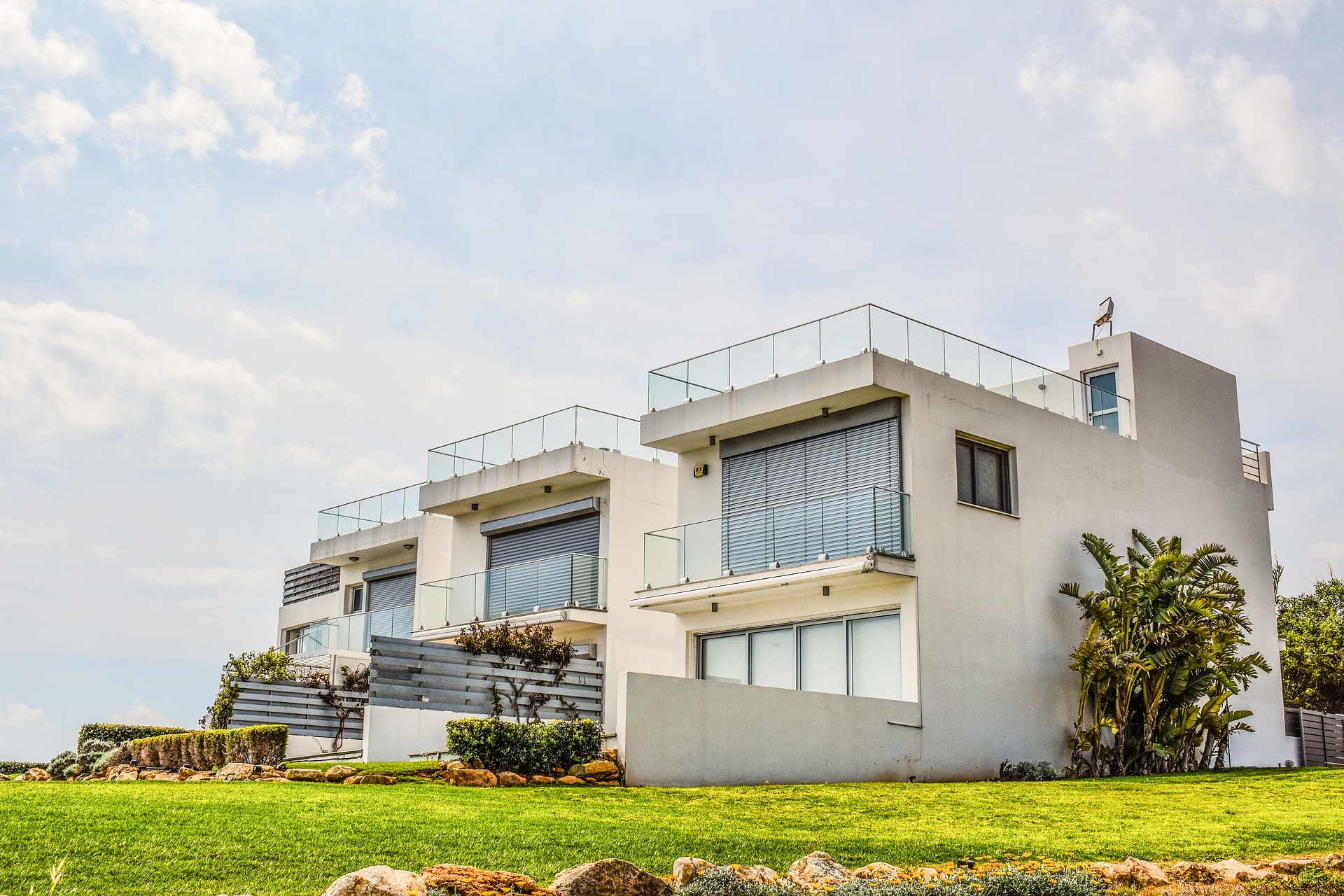aking the plunge into a full gut renovation can be both exciting and daunting. Whether you’re eyeing a fixer-upper to transform into your dream home or deciding it’s time for a major overhaul of your current residence, understanding the costs involved is crucial. In this article, we’ll break down the average cost to gut and remodel a house and guide you through the essential factors you need to consider.
What Does Gutting a House Entail?
When we talk about “gutting” a house, we’re referring to the process of completely stripping a home down to its bare bones. This means removing everything from the walls, ceilings, and floors to fixtures and sometimes even plumbing and electrical systems. Essentially, you’re left with the structural shell of the property.

Why Choose a Gut Renovation?
There are several reasons homeowners opt for a gut renovation:
- Customization: Gutting a house offers a blank slate, allowing for full customization to meet your needs and aesthetic preferences.
- Energy Efficiency: It’s an opportunity to incorporate energy-efficient solutions, such as better insulation and modern appliances, which can reduce long-term utility costs.
- Addressing Structural Issues: It provides the chance to address any existing structural issues that might not be visible otherwise.
How Much Does It Cost to Gut a House?
The cost of gutting a house can vary significantly depending on several factors. On average, homeowners can expect to pay between $60,000 and $150,000 for a full gut renovation. However, this range can fluctuate based on the size of the home, location, and the extent of the remodel.
Key Factors Influencing Costs
- Size of the Home: Larger homes naturally require more materials and labor, increasing the overall cost.
- Location: Costs can vary based on geographic location due to differing labor rates and material costs. Urban areas often have higher costs compared to rural ones.
- Scope of the Renovation: The more extensive the renovation, the higher the cost. This includes additional modifications such as adding rooms or changing the layout.
- Quality of Materials: Opting for high-end materials and finishes will drive up costs, while standard options can help keep them in check.
- Permits and Regulations: Depending on local regulations, acquiring necessary permits can add to the overall expense.
Breaking Down the Costs
Demolition
The first step in a gut renovation is demolition, which involves tearing down walls, removing old fixtures, and clearing out debris. The cost for demolition can range from $2,000 to $7,000, depending on the size of the home and complexity of the work.
Structural Repairs and Upgrades
Once demolition is complete, any structural repairs or upgrades necessary for safety and stability are addressed. This could include foundation repairs, roof replacement, or reinforcing beams, which can range from $10,000 to $30,000.
Electrical and Plumbing
Updating electrical wiring and plumbing is often essential in older homes. This ensures safety and efficiency and can cost between $15,000 and $30,000, depending on the scope of work.
Insulation and Drywall
Installing new insulation is crucial for energy efficiency. This, along with drywall installation, can run from $5,000 to $15,000.
Flooring, Cabinetry, and Fixtures
The choice of flooring, cabinetry, and fixtures can significantly impact the budget. Basic options may cost around $10,000, while premium selections can push this figure to $30,000 or more.
Painting and Finishing Touches
Finally, the cost of painting and adding finishing touches can range from $5,000 to $15,000, depending on the size of the house and quality of materials used.
Tips for a Successful Gut Renovation

Plan Thoroughly
Before starting the renovation, have a detailed plan. Outline your goals, budget, and timeline to ensure the project stays on track.
Hire Experienced Professionals
Choose contractors with experience in gut renovations. Their expertise can help prevent costly mistakes and ensure quality work.
Prioritize Energy Efficiency
Incorporating energy-efficient solutions not only helps the environment but also saves money in the long run. Consider options like energy-efficient windows, LED lighting, and smart thermostats.
Be Prepared for the Unexpected
Renovations often come with surprises, especially in older homes. Set aside a contingency budget of around 10-20% to cover unexpected expenses.
Conclusion
A gut renovation is a significant investment, but it can transform your home into a personalized, energy-efficient haven. By understanding the costs involved and planning carefully, you can undertake this ambitious project with confidence. Whether you’re revamping a fixer-upper or reimagining your current space, the journey to your dream home is well worth the effort.